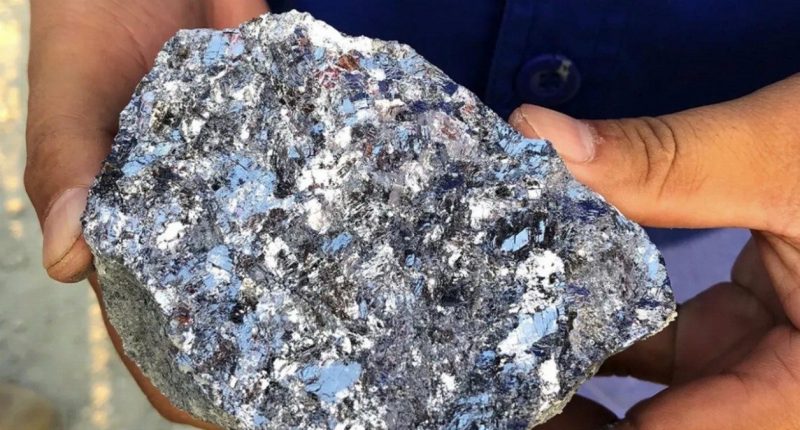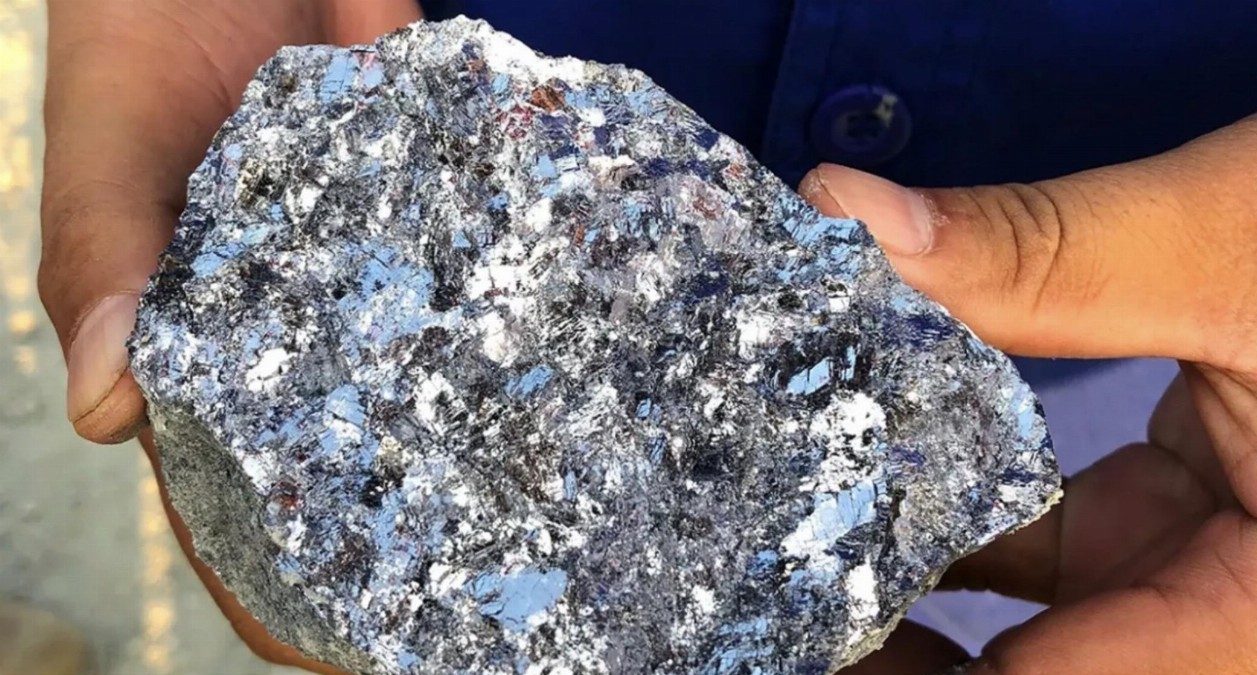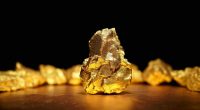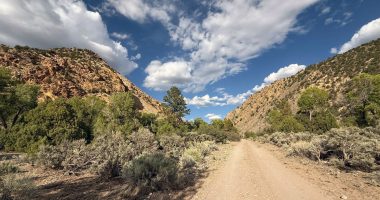Recent drill results reported by Talisman Mining Ltd (ASX:TLM) have shown expansion to the lead-silver-zinc mineralised system at its Rip n Tear Prospect – part of the wider Lachlan Project in central New South Wales, hitting grades of up to 7.4 percent lead and 59.2 grams per tonne silver from some assays.
However, the market did not seem impressed with the news, sending the company’s shares down nearly 8 percent.
At 13:06 pm AEST, Talisman shares were sitting at 35 cents, a fall of 7.89 percent since the market opened.
Talisman had progressed both reverse circulation and diamond drilling over Rip n Tear, with one hole intersecting a wide zone of mineralisation, with intercepts including 156 metres at 1.3 percent lead, 12.6 grams per tonne silver, and 0.001 percent zinc from 148 to 308 metres; and 10 metres at 7.4 percent lead, 59.2 grams per tonne silver, and 0.01 percent zinc, from 294m to 304m.
Drilling work also showed an 800-metre extension of an earlier discovery hole, with the mineralisation thinned out but showed a rise in the zinc grade. Here, intercepts included 10.9 metres at 0.5 percent lead, 10.1 grams per tonne silver, and 0.54 percent zinc from 183.1 to 194 metres.
Crucially, the drilling work was able to show continuous lead-silver-zinc mineralisation at the emerging prospect. This, Talisman believes, is indicative of a significant mineralised system in the Lachlan Fold Belt.
Managing Director, Andrew Munckton, said the extensional diamond drilling suggested the potential for a major base metals discovery.
“These latest results demonstrate the continuity of the lead-silver-zinc mineralised horizon, hosted in a folded and faulted sequence of sediments, over a strike extent of more than 2.6 kilometres and downhole widths up to 200 metres,” he said.
“This clearly demonstrates the significant scale of the discovery. Mineralisation at Rip n Tear appears to be near stratiform mineralization hosted in a coarse and porous sandstone unit.
“Importantly, the latest diamond drilling has intersected some zones of higher-grade material of up to 7.4 percent lead and 56 grams per tonne silver over a down-hole width of 10m near the base of the mineralized sequence.”









